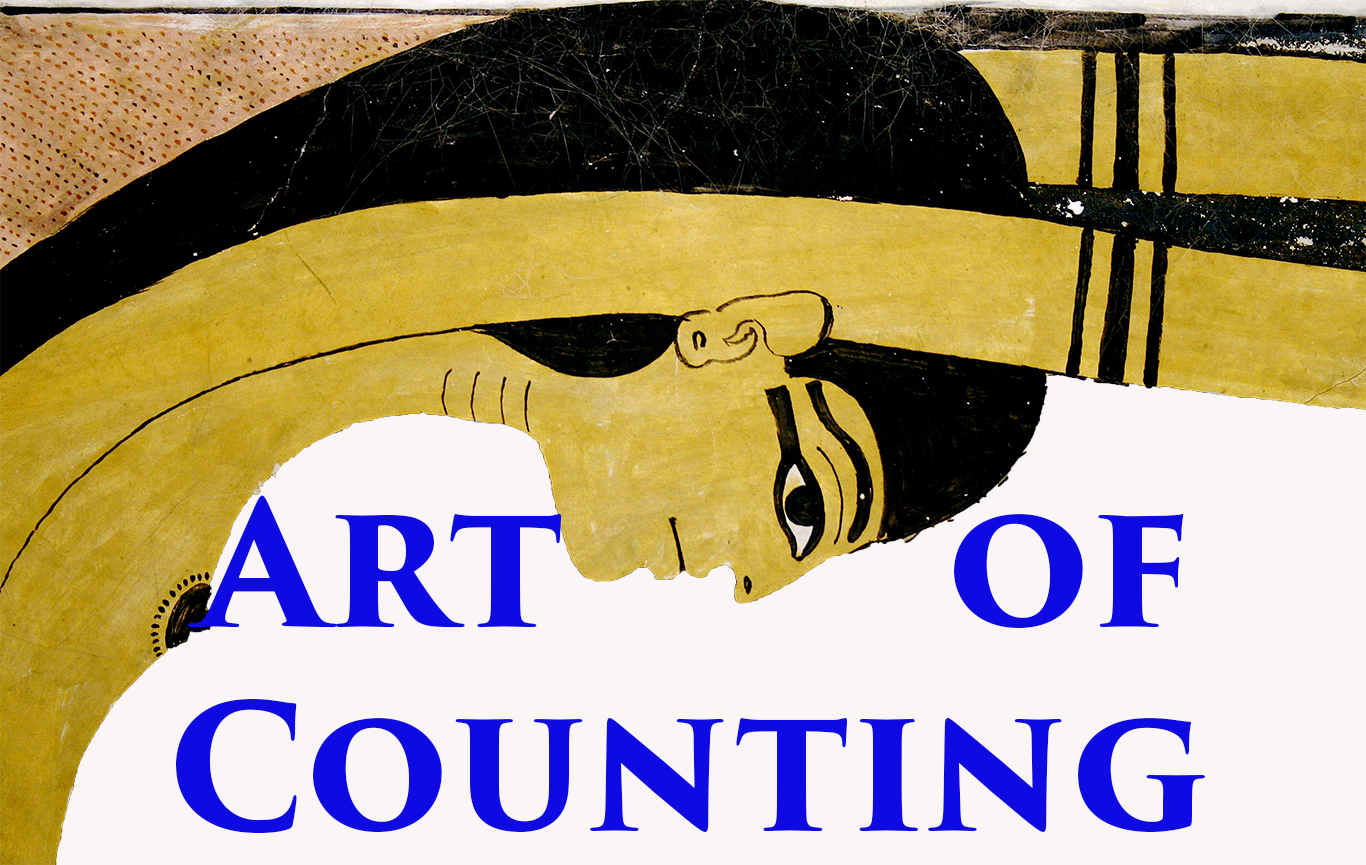Science Daily reports on a collaborative effort by scholars at the University of Southampton and the University of Oxford that has resulted in a new imaging technology. The team revised a technology invented a few years ago at Hewlett Packard Research Laboratories and developed it to be fast enough to utilize in a museum setting, where there are thousands of objects to scan.
New technology which makes it possible to study the finer details of some of the world’s greatest historical artifacts has been developed by computer scientists and archaeologists at the University of Southampton in conjunction with academics at the University of Oxford.
Dr Kirk Martinez at the University of Southampton’s ECS — Electronics and Computer Science and the team have developed two Reflectance Transformation Imaging (RTI) systems to capture images of documentary texts and archaeological material. The systems takes 76 pictures of artifacts with the light in different positions, then creates a new type or RTI image. The viewer can then move the virtual light anywhere and focus on the detail.
…
The RTI technology systems developed by the project will allow researchers to study documentary and other artifacts remotely in great detail without being restricted by fixed lighting angles. The result will be to ensure that high-quality digital versions of these materials can be consulted by scholars worldwide.
This technology is currently being used in the Ashmolean Museum in Oxford and it has recently been tested in the British Museum and in the National Gallery.
Awesome!

